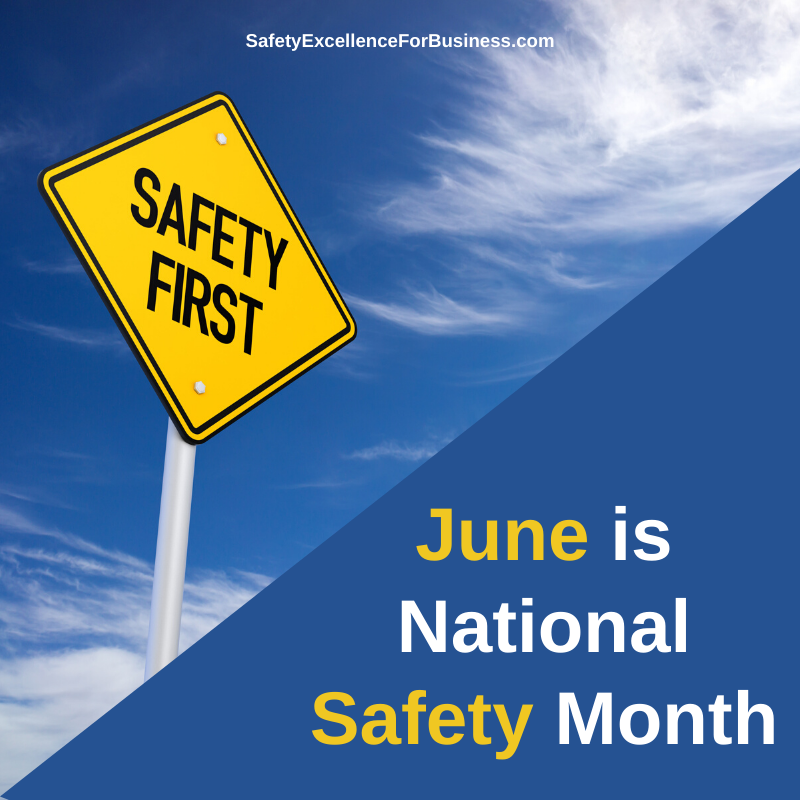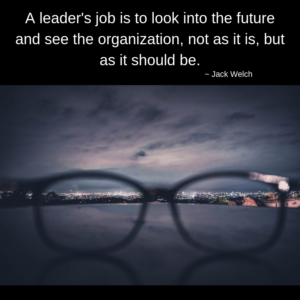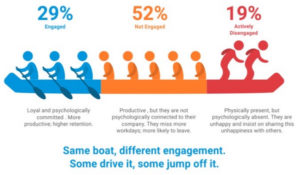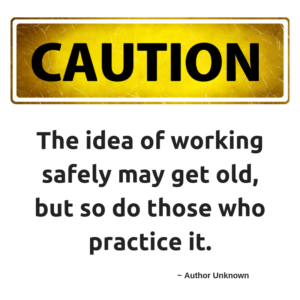Not to be ignored…
The Bureau of Labor Statistics (BLS) report for 2019, the most recent summary report, shows that in 2019, 5,333 people were killed doing their jobs.
 In 2017, 5,147 died and in 2018, 5,250 died. For the last 5-6 years the trend has slowly gotten worse. (Note: The BLS reports do not show much, if any, progress in reducing the number of people being killed and injured over the last 5 years or so.)
In 2017, 5,147 died and in 2018, 5,250 died. For the last 5-6 years the trend has slowly gotten worse. (Note: The BLS reports do not show much, if any, progress in reducing the number of people being killed and injured over the last 5 years or so.)
In 2019, about 2,814,000 people were hurt, which is about the same level as in 2017 and 2018.
Thousands of people are working to improve safety in the workplace, yet these numbers show that improvement in performance is almost non-existent. The various safety journals have lots of good information about ways to improve things. There are lots of consultants doing a lot of work with various organizations to improve safety. And there are many professional safety organizations, including OSHA, ASSP and the National Safety Council, that provide increased training and awareness. Still, people are being killed and hurt at work.
Why isn’t there progress?
All these statistics are lagging indicators. So, what drives this poor performance? What are the leading indicators showing us?
I think that the key leading indicator relates to the way the organizations are managed and led. The traditional, top-down, command and control approach, in a whole lot of organizations, is at least 100 years old and is based on Frederick Taylor’s Principles of Scientific Management, which goes something like:
The people at the top of the organization are smarter and brighter than those doing the work so the top people know better and tell the workers what to do and the workers do it – a.k.a. the mechanical model (of the past).
There are lots of examples that show that this approach does not work very well. For example, in a recent article I saw, the safety regulators in Australia 35 years ago introduced the Sex Discrimination Act, but in 2018 the Australian Human Rights Commission survey showed that 1 in 3 workers were harassed in the last 5 years – despite the endeavor. So much for top-down proclamations. Please don’t dismiss this example as just a problem in Australia or that sexual harassment is not a safety problem because you’ll be wrong on both points.
We declare safety endeavors over our workplaces with phrases like “The Goal is Zero” and slogans like, “Safety First.” Similarly, “Zero Tolerance” for harassing and bullying behaviors. And these are important because we need visual signage and reminders for raising our awareness. Yet we know that words and declarations alone won’t work as effective motivators for better safety performance or better treatment of people, nor does the old mechanical model/command and control approach work for the long-term.
We have to bring all the people together.
In every place in which we have worked we bring the people together to talk about the problem, open up the free flow of information, treat each other with respect, listen to each other because everyone has an important perspective, learn, seek better ways, and make the changes we need to make. When people are participating in creating the changes they do not resist the changes but rather apply their energy and creativity to solving the problems.
When I did this as a Plant Manager of a large chemical plant, working with the people, the injury rates dropped by 97% in just 3 years. When I worked in a large sugar mill with all the people the injury rate dropped from about 10 to ZERO in just 3 weeks. (This was shown in their annual data). When I worked with people in a truck manufacturing plant this way, the injury rate dropped from about 6 to ZERO in just a few days. (This was also shown in their annual data.)
There was no new investment in computer programs or equipment. Long involved training courses were not needed.
Most people want to become part of the solution!
It is time to wake up!
Let’s put the 100-year old, Frederick Taylor model in the museum and step up to working with all the people. Become engaged with your people in Safety. It takes a lot less time and saves a lot of money!
We know how to make this happen and would like the opportunity to talk with any of you. Please call at 716-622-6467. You can find background information at RNKnowles Associates.

 Learning to work more effectively, through our safety work, spread to the whole organization. Each of you reading this newsletter can make a big difference as you engage with the people in your organizations, sharing information, building respect and trust. The impact of your work will spread.
Learning to work more effectively, through our safety work, spread to the whole organization. Each of you reading this newsletter can make a big difference as you engage with the people in your organizations, sharing information, building respect and trust. The impact of your work will spread. In times like this, when the business and production activities are ramping up, there is a real danger that safety problems will show up. Any time the level of activity changes, up or down, is a time of danger.
In times like this, when the business and production activities are ramping up, there is a real danger that safety problems will show up. Any time the level of activity changes, up or down, is a time of danger.
 For example, the workers on the Deepwater Horizon drilling platform received good recognition for outstanding occupational safety performance (the slips, trips and falls sorts of incidents) just a day or two before the explosion on April 20, 2010, that killed 11 people and injured 17 others. The pressures from top management to get into production led to failures of their process safety management (PSM) systems and processes. Communications were limited because management did not want to hear of more problems; they were driving the production schedule. The fine occupational safety performance masked the PSM deficiencies which are more subtle and invisible to upper managers, unless they are keenly aware of the needs for excellent PSM.
For example, the workers on the Deepwater Horizon drilling platform received good recognition for outstanding occupational safety performance (the slips, trips and falls sorts of incidents) just a day or two before the explosion on April 20, 2010, that killed 11 people and injured 17 others. The pressures from top management to get into production led to failures of their process safety management (PSM) systems and processes. Communications were limited because management did not want to hear of more problems; they were driving the production schedule. The fine occupational safety performance masked the PSM deficiencies which are more subtle and invisible to upper managers, unless they are keenly aware of the needs for excellent PSM. Now we have another example with the mess at Boeing and the 737 Max crashes. Top management was feeling the pressures for market share from Airbus and putting terrific pressures on cost reduction and faster production.
Now we have another example with the mess at Boeing and the 737 Max crashes. Top management was feeling the pressures for market share from Airbus and putting terrific pressures on cost reduction and faster production. This is quite attainable with authentic, courageous leaders who take a stand that this is the sort of place they want to lead. The knowledge and technology are available and broadly known by lots of people so I want to share my own experiences.
This is quite attainable with authentic, courageous leaders who take a stand that this is the sort of place they want to lead. The knowledge and technology are available and broadly known by lots of people so I want to share my own experiences. This all began with my determination to work on improving respect, civility and safety. As I built credibility and trust with everyone, people began to make improvements in many other areas. Everything got better.
This all began with my determination to work on improving respect, civility and safety. As I built credibility and trust with everyone, people began to make improvements in many other areas. Everything got better. In 2017, Gallup, Inc. published their “State of the Global Workplace,” looking at the levels of productivity around the world. They were concerned about the decline in productivity and wanted to develop a better picture of the situation. High productivity is a key to having a good quality of life, and this relates to how involved people are in their work. They found that worldwide, only about 15% of the people are highly involved. This varies from country to country with the highest levels of involvement in the USA and Canada at 31%. Those businesses in the top quartile of employee involvement in their global study are 21% more profitable and 17% more productive. They also have 70% fewer safety incidents, 40% fewer quality incidents, 41% lower absenteeism, and 59% lower turnover. The positive impact of employees being highly involved is huge.
In 2017, Gallup, Inc. published their “State of the Global Workplace,” looking at the levels of productivity around the world. They were concerned about the decline in productivity and wanted to develop a better picture of the situation. High productivity is a key to having a good quality of life, and this relates to how involved people are in their work. They found that worldwide, only about 15% of the people are highly involved. This varies from country to country with the highest levels of involvement in the USA and Canada at 31%. Those businesses in the top quartile of employee involvement in their global study are 21% more profitable and 17% more productive. They also have 70% fewer safety incidents, 40% fewer quality incidents, 41% lower absenteeism, and 59% lower turnover. The positive impact of employees being highly involved is huge. Most people in management positions focus on systems and processes like running a payroll or production line. They want reliability, predictability, control, and stability, which are important for much of the business. But when they apply this approach to people, things go downhill. This approach results in 71% of the people globally being unengaged and 19% being actively disengaged. Morale, safety and engagement are a mess. Managers engage in managership, and this will not solve the problem of building higher levels of engagement.
Most people in management positions focus on systems and processes like running a payroll or production line. They want reliability, predictability, control, and stability, which are important for much of the business. But when they apply this approach to people, things go downhill. This approach results in 71% of the people globally being unengaged and 19% being actively disengaged. Morale, safety and engagement are a mess. Managers engage in managership, and this will not solve the problem of building higher levels of engagement.
 The way in which we think about and work with all the people is a key shift that is needed.Leading thinkers like Eric Hollnagel, Tom McDaniel, Beth Lay, Carl Stent, and Ron Gantt are searching for better, more effective ways of engaging with everyone to build on the good things people are doing.
The way in which we think about and work with all the people is a key shift that is needed.Leading thinkers like Eric Hollnagel, Tom McDaniel, Beth Lay, Carl Stent, and Ron Gantt are searching for better, more effective ways of engaging with everyone to build on the good things people are doing. It is a problem across society in general and a big safety and HR problem in our organizations. In 2017, it is estimated that there were about 72,000 overdoses across the country. About 70% of businesses report that they have been impacted by this terrible problem. The National Safety Council reports that there are problems with poor prescription drug use, higher absenteeism, injuries, and accidents resulting from overdoses.
It is a problem across society in general and a big safety and HR problem in our organizations. In 2017, it is estimated that there were about 72,000 overdoses across the country. About 70% of businesses report that they have been impacted by this terrible problem. The National Safety Council reports that there are problems with poor prescription drug use, higher absenteeism, injuries, and accidents resulting from overdoses. Next, you need to reach out to the people with respect and offer to help them. Many people with drug problems believe no one cares, so reaching out to help would be a step forward.
Next, you need to reach out to the people with respect and offer to help them. Many people with drug problems believe no one cares, so reaching out to help would be a step forward.



